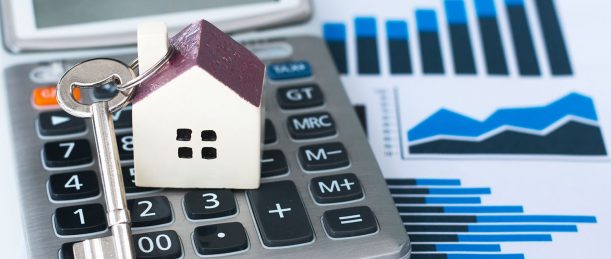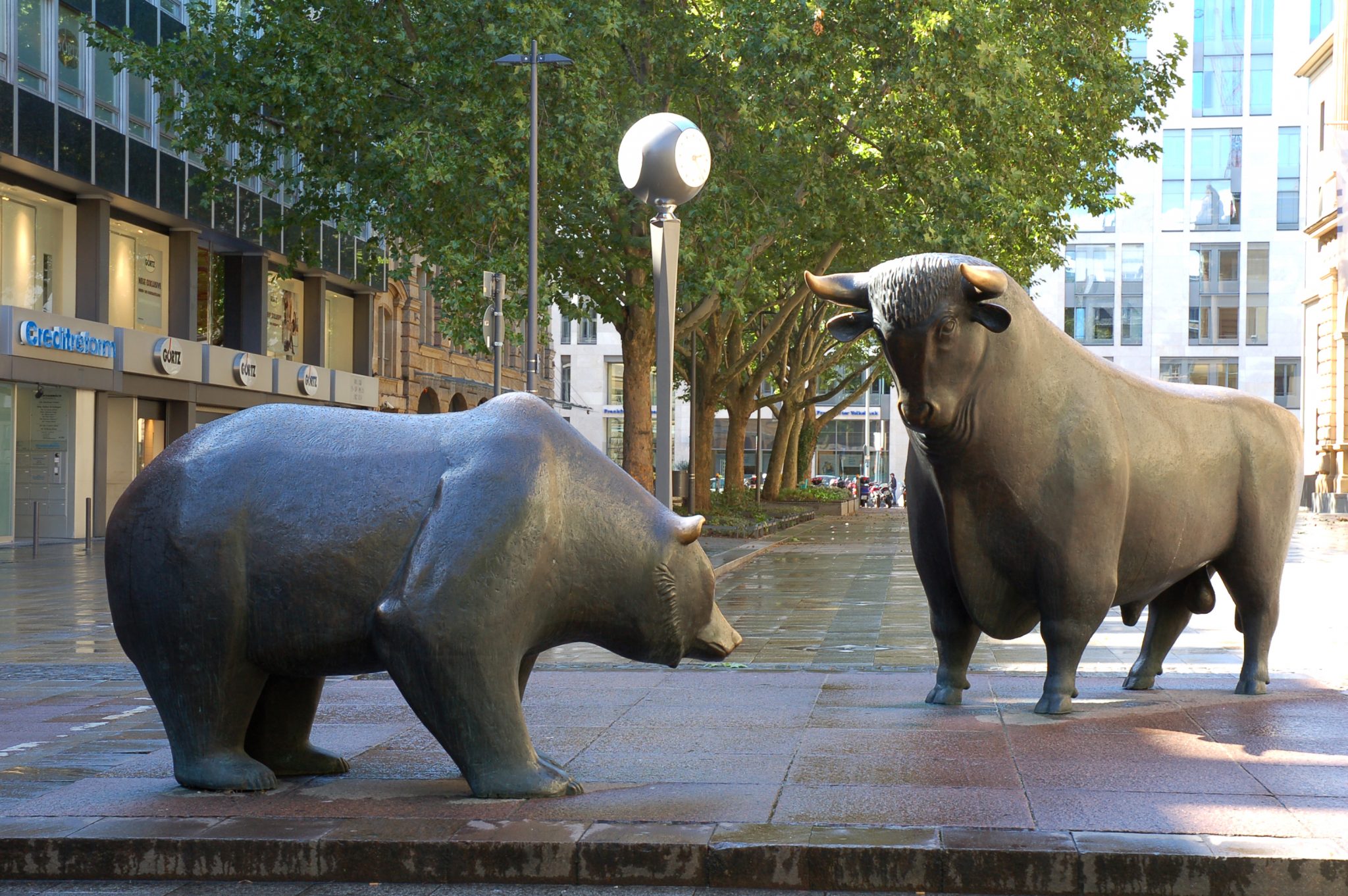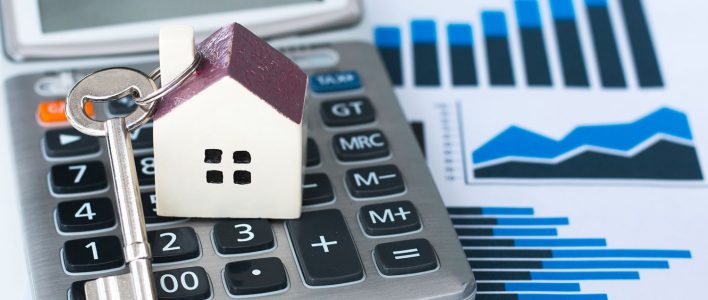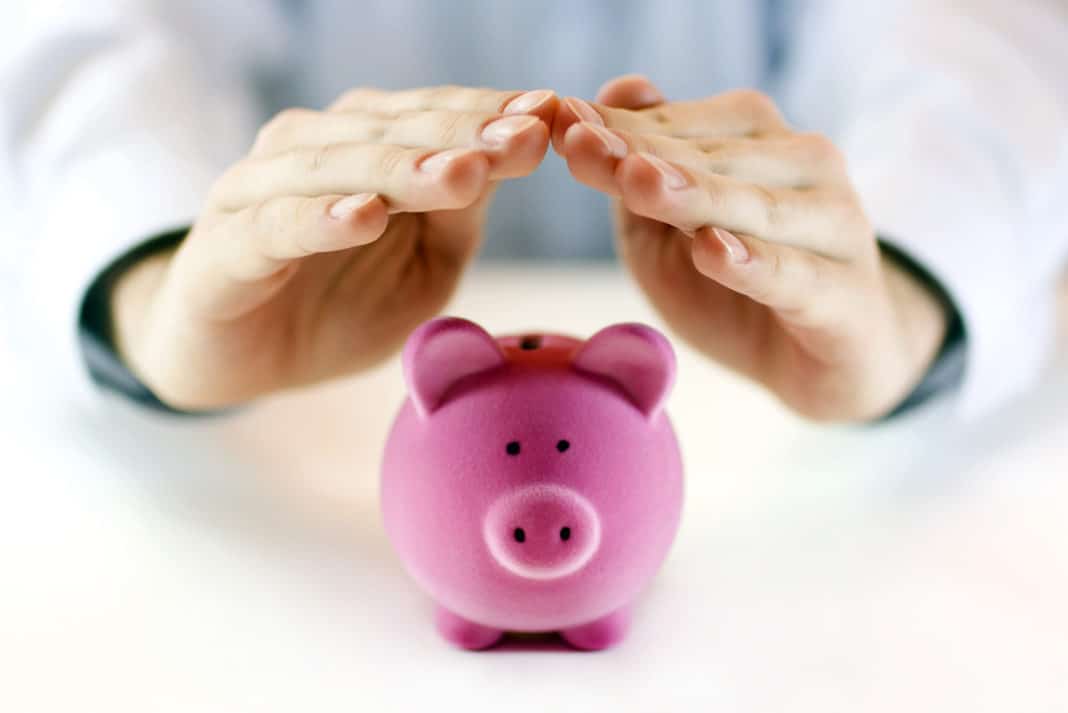
Your Assets and Your Personal Balance Sheet
In my last article, “Your Mortgage and Car Loan affect on Your Net Wealth”, I showed you the balance sheet equation, which we used to measure the equity you have in a single asset; such as your home, car, or jewelery. However this equation is usually used as part of a bigger picture… your balance sheet.
Assets, Liabilities, and Equity (Net Worth) are the three components of a balance sheet: Assets = Liabilities + Net Worth
A personal balance sheet can be prepared to discover your net worth, in other words it answers the question, “how wealthy are you?” It is natural to look at other peoples’ houses, cars, and income levels and make a quick judgement of wealthy they are. Just the same, we look at our own income level, home, bank account, & car and to make a judgement on our own wealth. However, only looking at what we have and earn is deceiving. The only way to get an accurate picture of our wealth is to value both our assets and liabilities.
In this article, I’m going to explain the first building block (assets) to finding out how wealthy you really are. Then we will talk about liabilities and I will show you how to put the two together to create your own personal balance sheet. The final step will be to show you how you can analyze your personal balance sheet.
Assets
Assets are the things that you own that have some kind of market value to them. While you may own books, pencils, and a set of dishes; the value of these items are usually not significant and finding a buyer for every little item of yours would be difficult; so these items would not be considered assets.

There are three steps in preparing the asset side of your balance sheet:
1. Determine which of your possessions have market value (cash, bank accounts, home, car, boat, jewelery, valuable antiques, rare coins, stocks, bonds, retirement accounts, etc.) These are your assets. Keep in mind that something is only of market value if you can find a buyer for it. Also, you only need to bother with items that have some kind of significant value. For example, the most current Ipad would be worth including; however, a laptop that is 5 years old probably no longer has much value or demand. If you need advise on what you should include as an asset, Ask The Financial Reader.
2. Determine the value of each asset. When preparing your balance sheet, you will use the current market value for each item; not the price that you paid for it. You may have paid $20,000 for your car 5 years ago, however, today it may only be worth $7,000. It is the current market value that is relevant; what the car was worth five years ago has no weight on your wealth today. Read the next step for tips on determining the market values of your assets.
3. Categorize your assets in the following categories:
a. Liquid Assets – Cash or other assets that can quickly be converted to cash. Examples of liquid assets are: savings, checking, and money market accounts; Certificate of Deposits (CD’s); U.S. Treasury Savings Bonds; etc. The value of liquid assets are the easiest to determine among all of the asset categories. The value of your savings account is….. your savings account balance. The current value of your CD is the balance of your CD minus any early withdraw penalties that you would be charged if you closed your CD today.
b. Real estate – You primary home, rental properties, vacation home, etc. You can use Zillow or look in real estate ads to see what homes (that are similar to yours) recently sold for in your area to determine the approximate market value of your real estate.
c. Personal property – Automobiles, jewelry, rare coins, antiques, valuable collectors items, stereo equipment, machinery, etc. To get the estimated market value of your car go to NADA or Kelly Blue Book. You can go to sources like ebay to get an estimated value of other assets. When using sources like ebay, try to find the amount that somebody actually paid on a particular item recently sold, rather than just looking to see what somebody is asking for an item. This will give you a better idea of the market value (what people are willing to pay). For gold and silver jewelry or coins, there are calculators online that can help you determine their current market value.
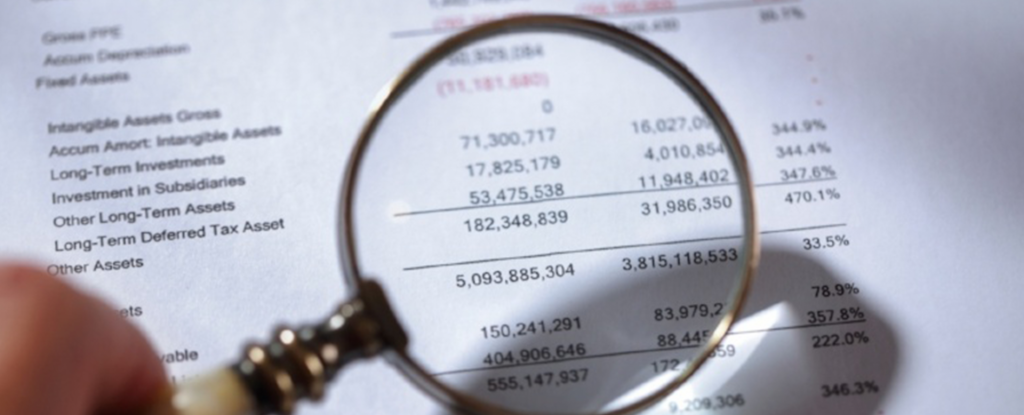
d. Investments – Stocks, bonds, retirement accounts, money owed to you (like the $2,000 you loaned to your brother), etc. Determining the value of investments is relatively easy. You can find the market value of stocks, bonds, and mutual funds in the paper or online. For your retirement accounts and other investment accounts you can log into your account online to get the latest market value.
Once you gather all of your asset values, the next step is to gather all of your information for your liabilities, which I will cover in my next article. Feel free to contact me with any questions you have by leaving me a Disqus comment or by clicking here: Ask The Financial Reader
